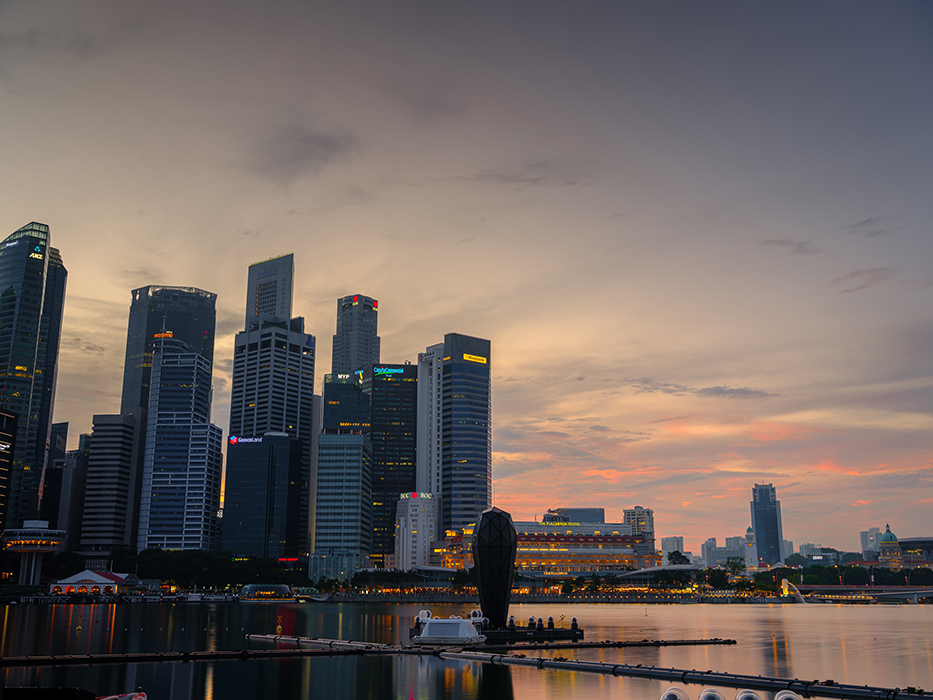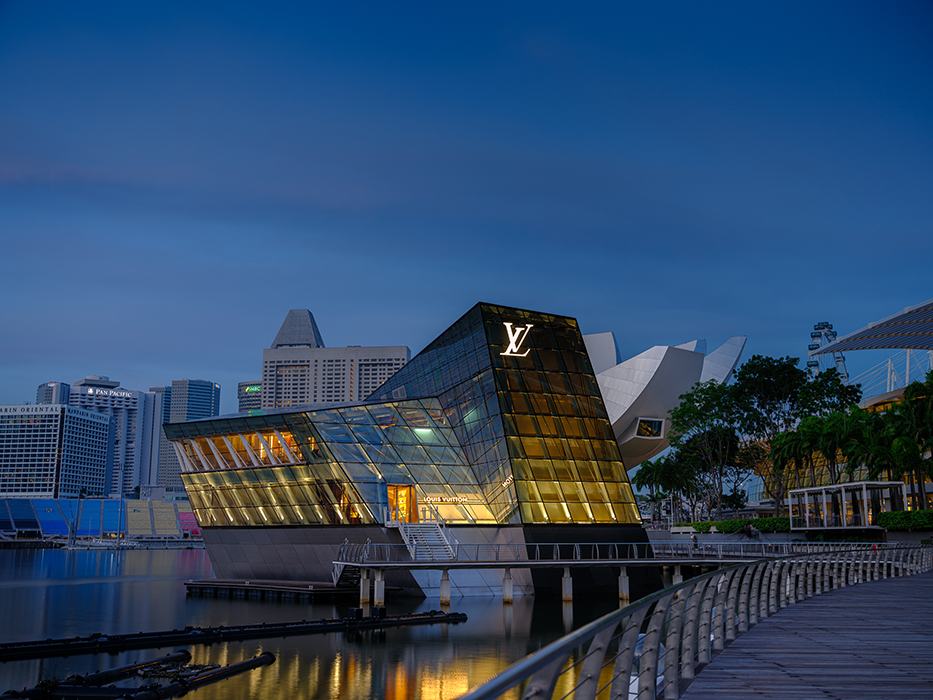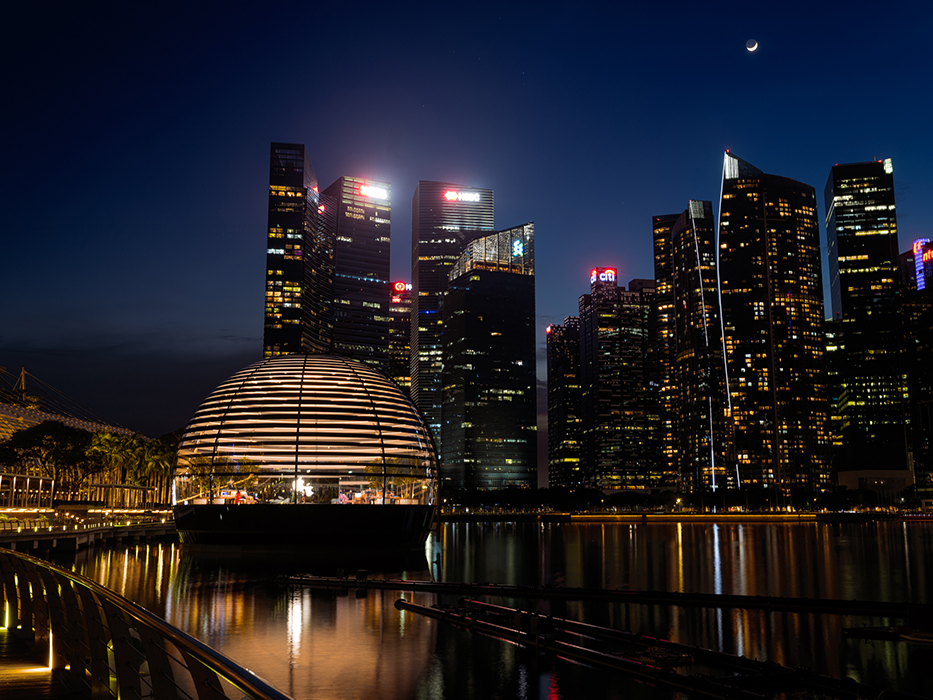Filters are an essential tool for photographers and for videographers, as they act like sunglass over your lens, to allow you to really play with your shutter and aperture settings, to create some amazing images.

And just as how sunglasses can alter your view of the world, so will filters. For those into nature or architecture, filters can easily make or break a photo. Do you want to blur out clouds? Filters are needed. Always wanted that glass water effect? Yep, it’s achieved through the use of filters. Those amazing blurred out waterfalls? Yes, those are done through the use of filters.
It could even be something as simple as videographers who want to shoot in daylight – the use of filters can retain the optimal shutter speed, while also maintaining depth of field with a faster aperture setting.
While there are many different filters on the market for various applications, we want to focus on two – the GND Graduated Neutral Density Filter and the Variable Neutral Density Filter (VND).
A GND is where half of the filter is tinted allowing you to balance out exposure in your image. Is the sky really bright but your subject who is positioned lower in the frame darker? A GND will help correct that.
Meanwhile, a VND is a tinted filter that lets you adjust the intensity of the tint, depending how bright your scene is. This is when you want to shoot at fast apertures in daylight, but your shutter speed isn’t fast enough to cut the amount of light coming into the camera.
For videographers, since you optimally want to shoot video at a shutter speed double of your frame rate setting. For example, at 24 FPS, you would have a shutter speed of 48 or 50 so in daylight, you will need an ND Filter to cut the amount of light coming in, to allow you to achieve these settings.

Kase Filters sent us three filters: one GND at an 82mm size and two VND at 82MM, covering 2-5 stops and 6-9 stops accordingly. While the latter will be hardly used for most cases in which we film or shoot, the 2-5 stop ND filter has come in handy a number of times. In terms of price, these fall in the middle range category, but their build quality and design rivals the more expensive options out there.
Speaking of build quality, the addition of the metal magnetic lens cover is absolutely fantastic as it provides ample protection to the lens, and the magnets are strong enough for it not to easily come off. Kase even provides an additional metal knob in case one loses the piece attached to the adjusting ring.
One of the first things we look for in testing the filters is color cast. This is what separates “cheap” filters from the higher-quality ones. A good ND filter will allow the natural colours of the scene to come through naturally, without any colour cast or tint and both the GND and VND performed well in this regard. Any sort of color cast was not recognisable in the images taken.



Next is the quality of the glass. Every time you put a piece of glass in front of your lens, you risk losing resolution, enhancing flares, and reducing contrasts. The Kase filters performed surprisingly well, with no noticeable loss of resolution, and contrast was well maintained in the image.

There was also no noticeable vignetting, though we did see a bit of flaring with harsh lights but it was well controlled and minimal, and not much more than what the lens would produce without the filter attached.

Performance wise, we were happy with both the GND and VND filters though if there was an upgrade needed, it would be for Kase to look into having haptic feedback on the adjusting ring, so that it’s easier to know what stop we are on, without having to take our eye off the camera to look at the ring.
Ultimately, the filters did their job exceedingly well. There are a number of filter brands and types in the market across various price points, and while we haven’t tested enough, we have tested enough bad ones to know that the Kase GND and VND are on the recommended list.













